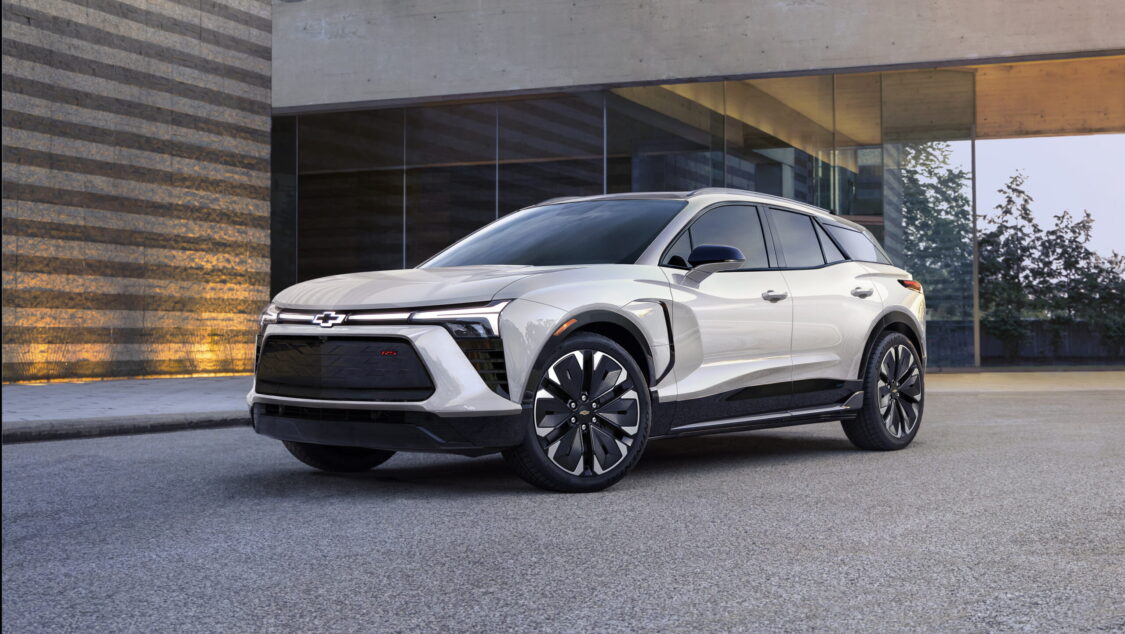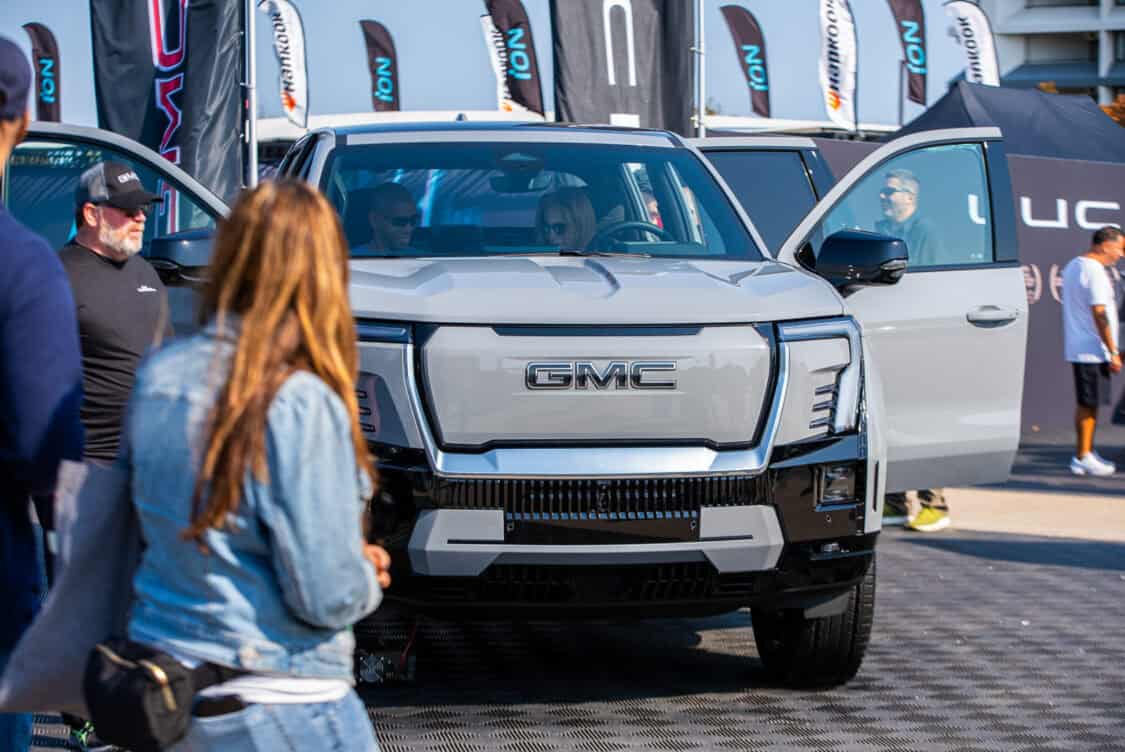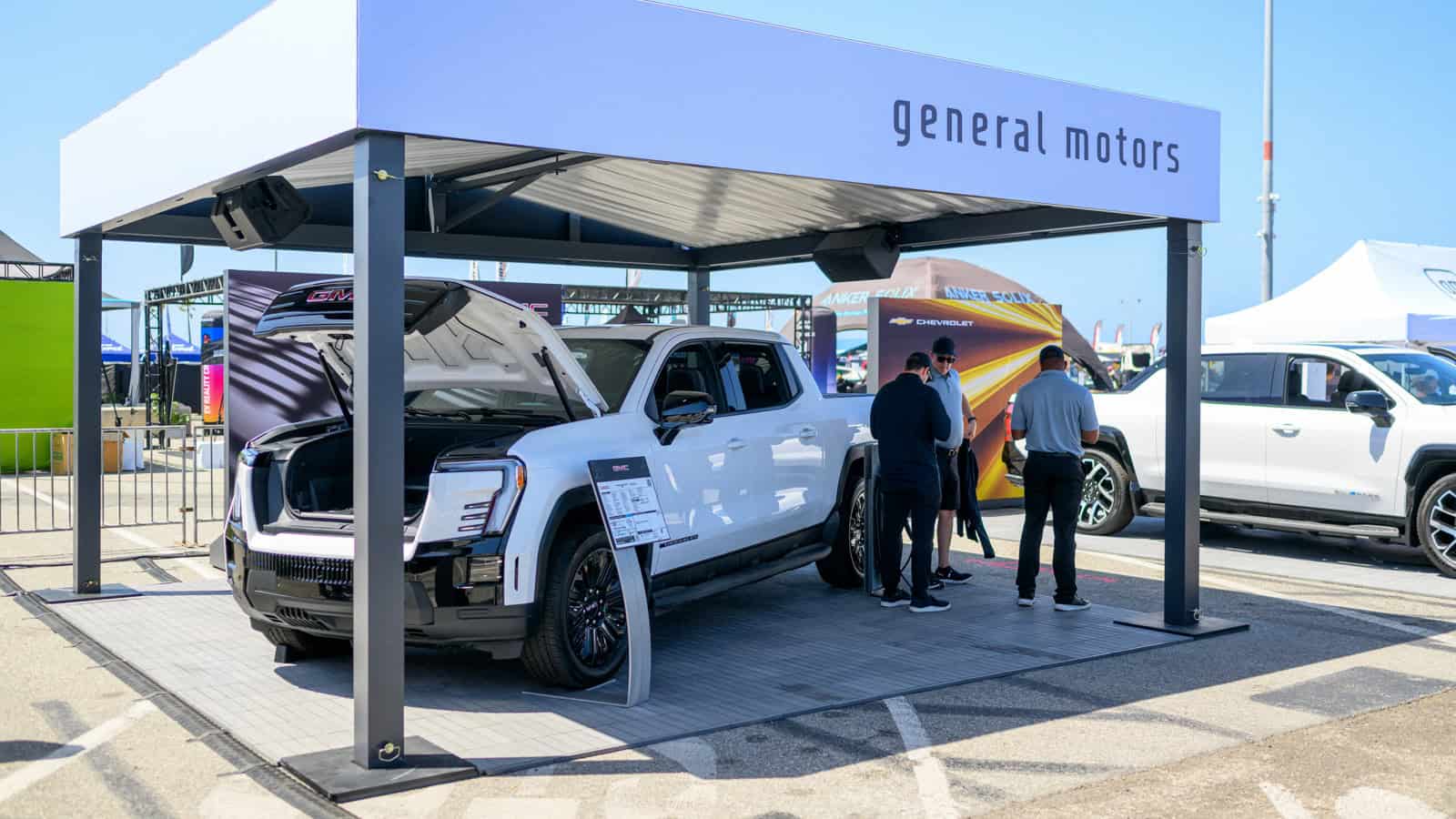- GM’s Q3 revenue hit $48.8 billion, with $3.1 billion in net income and $4.1 billion EBIT-adjusted.
- GM raised its full-year EBIT-adjusted forecast to $14.0-$15.0 billion and automotive cash flow to $22.0-$24.0 billion.
- GM’s investments in EV platforms and battery manufacturing give it a competitive edge, keeping it on track for 2024 EV production and profit goals.
ADVERTISEMENT
General Motors (GM) has shared its Q3 2024 earnings, showing solid growth and performance. The company reported $48.8 billion in revenue, up from last year, with $3.1 billion in net income and an EBIT-adjusted of $4.1 billion. With this momentum, GM is raising its full-year financial outlook, setting higher expectations for key financial measures.
Mary Barra, GM’s Chair and CEO, highlighted the company’s commitment to leveraging its strengths in both electric and gasoline-powered vehicles. “I’m proud that GM is delivering our best vehicles ever with strong financial results,” she said, adding that, with competition and regulatory pressures increasing, there’s a constant need for improvement.
ADVERTISEMENT
Key Financial Highlights for GM’s Q3
- Revenue: $48.8 billion, a 10.5% increase over Q3 2023
- Net Income: $3.1 billion, nearly level with last year’s Q3
- EBIT-Adjusted: Up 15.5% year-over-year, now at $4.1 billion
- EPS-Diluted (Adjusted): $2.96, a 29.8% jump from last year’s $2.28
- Automotive Operating Cash Flow: $7.9 billion, marking a 15.7% increase
GM’s updated 2024 guidance is worth noting, reflecting higher expectations for net income, EBIT-adjusted, and automotive cash flow. Net income is now projected between $10.4 billion and $11.1 billion, and EBIT-adjusted is anticipated in the range of $14.0 billion to $15.0 billion, both metrics slightly elevated from earlier forecasts.

What’s Fueling GM’s Success?
GM has clear growth drivers across its portfolio. Barra pointed to several areas propelling GM’s performance, including enhanced profitability in the electric vehicle (EV) segment and the successful launch of redesigned SUVs, including the Chevrolet Equinox EV, Blazer EV, Cadillac LYRIQ, and GMC Hummer EV SUV.



“Progress on EV profitability, along with rising sales and market share growth” are all contributing factors, she explained, citing a growing demand for EVs and GM’s efficient capital use as crucial to achieving their targets.
Additionally, GM’s investments in EV production give it a clear advantage. With a dedicated EV platform, U.S.-based battery manufacturing, and flexible assembly lines, the company stands out from the competition. “Most of our competitors lack these advantages,” Barra said, “and no one can match the depth and breadth of our strategic EV portfolio.”
ADVERTISEMENT
Updated Financial Guidance for GM 2024
With Q3’s strong results, GM has tightened its financial guidance for the year across several measures:
- Net Income: Revised to $10.4 billion – $11.1 billion (up from $10.0 billion – $11.4 billion)
- EBIT-Adjusted: Now projected between $14.0 billion – $15.0 billion (up from $13.0 billion – $15.0 billion)
- Automotive Operating Cash Flow: Elevated to $22.0 billion – $24.0 billion, previously forecasted at $19.2 billion – $22.2 billion
- Adjusted Free Cash Flow: Raised to $12.5 billion – $13.5 billion, from $9.5 billion – $11.5 billion
- EPS-Diluted Adjusted: Now $10.00 – $10.50, slightly up from $9.50 – $10.50
This financial boost is a function of GM’s ongoing investments in both its EV lineup and its long-standing gasoline-powered vehicles. It’s a dual approach that not only meets current demand but sets up GM for long-term profitability as the market continues its shift toward electric.



Strong Performance in North America and a Turnaround in China
In North America, GM grew its market share and maintained strong pricing, all while keeping inventories managed and incentives low. The North American segment saw EBIT-adjusted figures increase to $4 billion, a 12.9% boost from last year’s Q3 results.
In China, where GM has been focusing on recovery, dealer inventory levels have improved. “In China, sales improved from the second quarter, and dealer inventory fell sharply,” Barra noted. She expressed confidence in further growth in the Chinese market, an important region for the automaker’s future.
ADVERTISEMENT
Building the Future, One Investment at a Time
GM’s investment strategy is focused on setting the company up for an all-electric future while also maximizing the efficiency of its current gasoline-powered offerings. With a planned capital expenditure of $10.5 billion – $11.5 billion for 2024, which includes significant outlays for battery manufacturing joint ventures, GM is doubling down on its EV strategy.
This investment boosts numbers and lays the groundwork for sustained profitability and relevance in a rapidly evolving industry.
As Barra put it, “Everyone in our company is focused on these goals because they’re the best way for us to demonstrate both leadership and our true long-term growth potential.”
For GM, Q3’s growth showcased how well it’s balanced profits from traditional vehicles with progress in EV innovation. Barra highlighted that, even with these positive steps, GM isn’t getting complacent. “We are not mistaking progress for winning,” she emphasized, highlighting GM’s commitment to tackling regulatory challenges directly and pushing for future growth.
ADVERTISEMENT

SOURCE | IMAGES: GM | ELECTRIFY EXPO, GM
FTC: We use income-earning auto affiliate links. Learn more.











